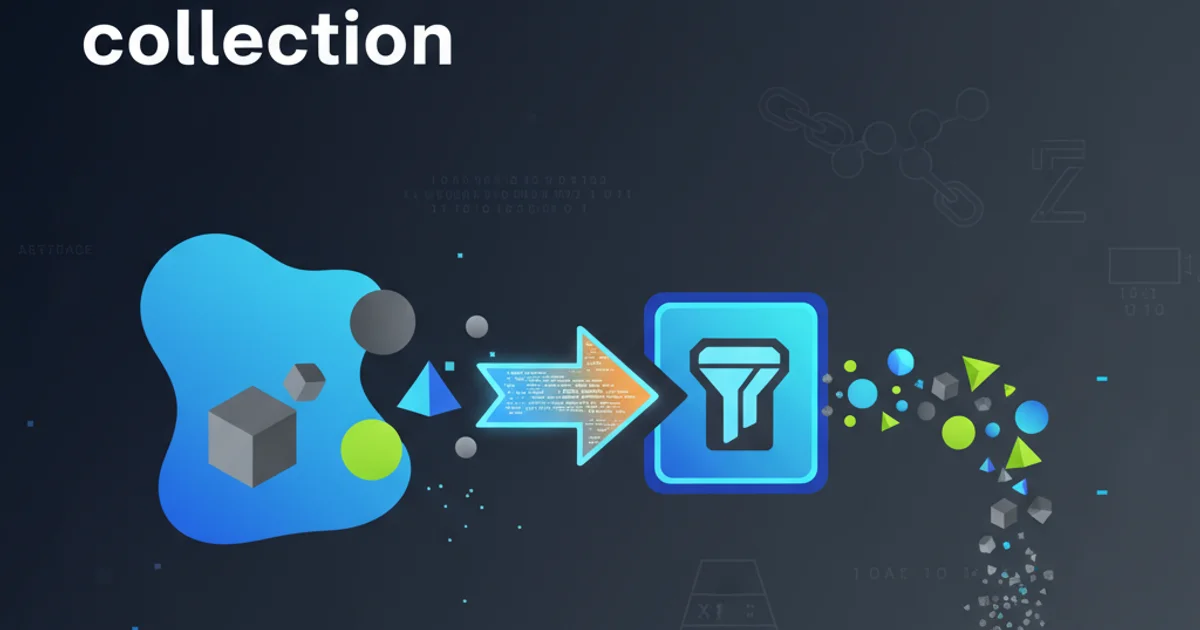How to throttle requests in a Web Api?
Categories:
Implementing Request Throttling in ASP.NET Web API

Learn how to protect your ASP.NET Web API from abuse and ensure fair resource usage by implementing effective request throttling strategies.
Request throttling is a crucial technique for managing the load on your Web API. It prevents abuse, ensures fair usage among consumers, and protects your backend resources from being overwhelmed by too many requests. Without throttling, a single client could potentially monopolize your API, leading to performance degradation or even denial of service for other legitimate users. This article will guide you through various strategies and implementations for throttling requests in an ASP.NET Web API.
Why Throttling is Essential for Web APIs
In today's interconnected world, APIs are the backbone of many applications. However, this exposure also makes them vulnerable to various forms of abuse, intentional or unintentional. Throttling acts as a gatekeeper, regulating the flow of incoming requests. This not only safeguards your infrastructure but also helps maintain a consistent quality of service for all users. Common reasons for implementing throttling include:
- Preventing Abuse: Malicious actors might attempt to flood your API with requests to cause a Denial of Service (DoS) or to scrape data rapidly.
- Fair Usage: Ensuring that no single client consumes an disproportionate amount of resources, allowing all clients to access the API fairly.
- Resource Protection: Safeguarding your database, CPU, memory, and network bandwidth from being overloaded.
- Cost Management: For cloud-hosted APIs, excessive requests can lead to unexpected billing spikes.
- API Stability: Maintaining predictable performance and availability under varying load conditions.
flowchart TD
A[Client Request] --> B{Throttling Middleware}
B -->|Rate Limit Exceeded| C[Return 429 Too Many Requests]
B -->|Rate Limit OK| D[Process Request]
D --> E[API Logic]
E --> F[Return API Response]Basic Request Throttling Flow
Implementing Throttling with Action Filters
One common approach to implement request throttling in ASP.NET Web API is by creating a custom Action Filter. This allows you to apply throttling logic to specific controllers or actions. The filter will intercept incoming requests, check against a defined rate limit, and either allow the request to proceed or return an HTTP 429 Too Many Requests status code.
using System;
using System.Collections.Concurrent;
using System.Net;
using System.Net.Http;
using System.Threading;
using System.Web.Http.Controllers;
using System.Web.Http.Filters;
public class ThrottlingFilter : ActionFilterAttribute
{
private static ConcurrentDictionary<string, DateTime> _lastRequestTimes = new ConcurrentDictionary<string, DateTime>();
private readonly int _requestsPerSecond;
public ThrottlingFilter(int requestsPerSecond)
{
_requestsPerSecond = requestsPerSecond;
}
public override void OnActionExecuting(HttpActionContext actionContext)
{
var ipAddress = actionContext.Request.GetClientIpAddress(); // Custom extension method to get IP
if (string.IsNullOrEmpty(ipAddress))
{
base.OnActionExecuting(actionContext);
return;
}
var now = DateTime.UtcNow;
_lastRequestTimes.TryGetValue(ipAddress, out var lastRequestTime);
var timeSinceLastRequest = now - lastRequestTime;
var minimumTimeBetweenRequests = TimeSpan.FromSeconds(1.0 / _requestsPerSecond);
if (timeSinceLastRequest < minimumTimeBetweenRequests)
{
actionContext.Response = actionContext.Request.CreateResponse(
(HttpStatusCode)429, "Too Many Requests. Please try again later.");
return;
}
_lastRequestTimes[ipAddress] = now;
base.OnActionExecuting(actionContext);
}
}
// Example usage in a controller
public class ValuesController : ApiController
{
[ThrottlingFilter(requestsPerSecond: 5)]
public IHttpActionResult Get()
{
return Ok(new string[] { "value1", "value2" });
}
}
A simple ThrottlingFilter using an ActionFilterAttribute to limit requests per second per IP address.
Advanced Throttling with Middleware and Libraries
For more robust and configurable throttling, especially in ASP.NET Core, middleware is the preferred approach. Middleware allows you to intercept requests earlier in the pipeline and apply global or route-specific throttling policies. Libraries like AspNetCoreRateLimit provide a comprehensive solution with features like IP-based, client ID-based, and endpoint-based rate limiting, along with support for distributed caches.
ThrottlingFilter example is good for understanding the concept, for production ASP.NET Core applications, consider using dedicated rate limiting middleware like AspNetCoreRateLimit for its robustness, configurability, and distributed caching support.1. Install the NuGet Package
Add the AspNetCoreRateLimit package to your project. This package provides flexible rate limiting options.
2. Configure Rate Limiting in Startup.cs
In your Startup.cs file, configure the rate limiting options. You can define global rules, client-specific rules, or endpoint-specific rules. This typically involves setting up IpRateLimitOptions and IpRateLimitPolicies.
3. Register Services
Register the necessary services in ConfigureServices. This includes adding MemoryCache or a distributed cache like Redis, and the rate limit services.
4. Add Middleware to Request Pipeline
In Configure, add the UseIpRateLimiting() middleware. Ensure it's placed early in your request pipeline, before other middleware that might consume significant resources.
using AspNetCoreRateLimit;
using Microsoft.AspNetCore.Builder;
using Microsoft.AspNetCore.Hosting;
using Microsoft.Extensions.Configuration;
using Microsoft.Extensions.DependencyInjection;
using Microsoft.Extensions.Hosting;
public class Startup
{
public Startup(IConfiguration configuration)
{
Configuration = configuration;
}
public IConfiguration Configuration { get; }
public void ConfigureServices(IServiceCollection services)
{
// Needed to store rate limit counters and ip rules
services.AddMemoryCache();
// Load configuration from appsettings.json
services.Configure<IpRateLimitOptions>(Configuration.GetSection("IpRateLimiting"));
services.Configure<IpRateLimitPolicies>(Configuration.GetSection("IpRateLimitPolicies"));
// Register the IpPolicyStore and RateLimitCounterStore
services.AddSingleton<IIpPolicyStore, MemoryCacheIpPolicyStore>();
services.AddSingleton<IRateLimitCounterStore, MemoryCacheRateLimitCounterStore>();
// Register the Configuration (required for the configuration to be loaded)
services.AddSingleton<IRateLimitConfiguration, RateLimitConfiguration>();
services.AddControllers();
}
public void Configure(IApplicationBuilder app, IWebHostEnvironment env)
{
if (env.IsDevelopment())
{
app.UseDeveloperExceptionPage();
}
// Add the IP Rate Limiting middleware
app.UseIpRateLimiting();
app.UseRouting();
app.UseAuthorization();
app.UseEndpoints(endpoints =>
{
endpoints.MapControllers();
});
}
}
Configuring AspNetCoreRateLimit in Startup.cs for ASP.NET Core.
{
"Logging": {
"LogLevel": {
"Default": "Information",
"Microsoft": "Warning",
"Microsoft.Hosting.Lifetime": "Information"
}
},
"AllowedHosts": "*",
"IpRateLimiting": {
"EnableEndpointRateLimiting": true,
"StackBlockedRequests": false,
"RealIpHeader": "X-Real-IP",
"ClientIdHeader": "X-ClientId",
"HttpStatusCode": 429,
"GeneralRules": [
{
"Endpoint": "*",
"Period": "1s",
"Limit": 5
},
{
"Endpoint": "*:/api/values",
"Period": "5m",
"Limit": 100
}
]
}
}
Example appsettings.json configuration for AspNetCoreRateLimit.
In the appsettings.json example above, we define two general rules:
- A global rule limiting all endpoints to 5 requests per second.
- A more specific rule for the
/api/valuesendpoint, allowing 100 requests every 5 minutes. This demonstrates how you can combine general and specific rules to fine-tune your throttling policies.